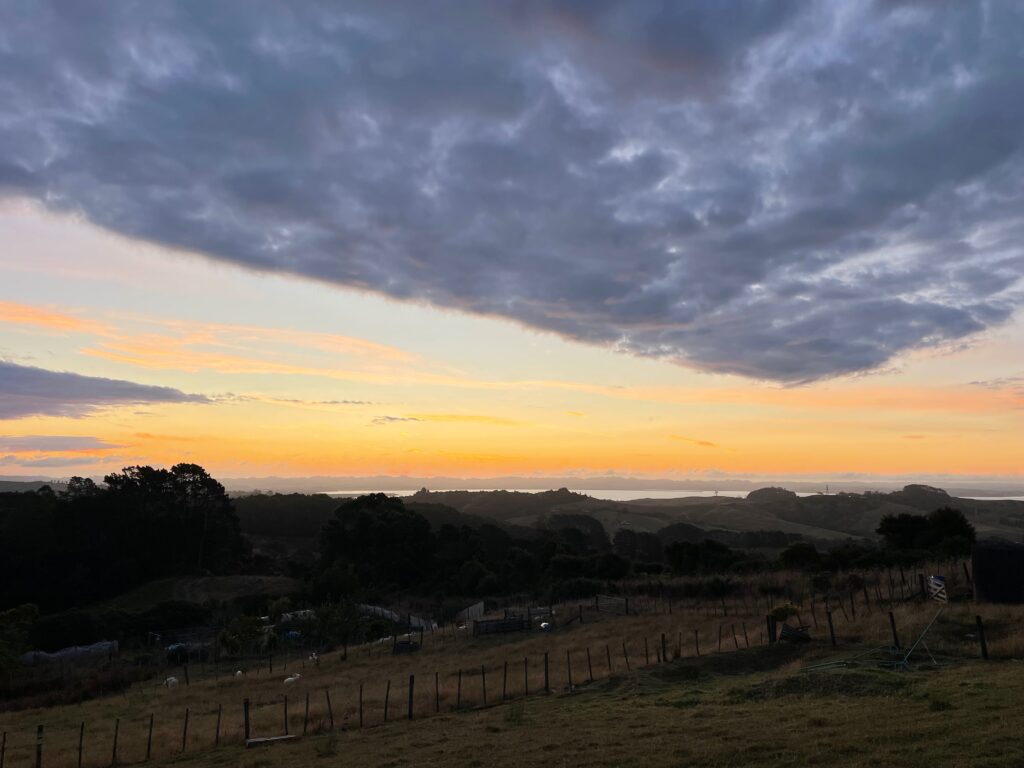Finding Focus: Why Distraction-Free Design Matters

The Attention Shift
Do you remember when people used to pay for custom ringtones? There’s a meme that points out how we once did everything we could to make our phones grab our attention. Now we’re doing the opposite, silencing them, muting notifications, and setting “Do Not Disturb” as default. That shift says a lot.
Those little pings used to feel good. A like. A comment. A new follower. That buzz of being seen. Entire platforms were built on that loop. Do you remember when Facebook introduced the Like button and it changed how we interacted with people and companies online? There was even an episode of Black Mirror where your social rating determined whether you could rent an apartment or get on a flight. (As usual, it wasn’t that far off…)
But the novelty has largely worn off.
Now, most people I talk to are trying to reclaim their attention. They’re paring things back. Creating boundaries. They’re tired, overwhelmed, and stressed.
Multitasking used to be something to brag about. Now we know that it fragments our focus. Cal Newport calls this out in Deep Work and Digital Minimalism, arguing that focused, uninterrupted work is becoming a rare and valuable skill. In Digital Minimalism, he writes: “Clutter is costly. The more inputs you allow into your life, the more you’ll pay in terms of attention and energy—two things better spent on what really matters.” Nicholas Carr in The Shallows shows how our brains are being trained to skim instead of think. And Mihaly Csikszentmihalyi, long before them, described how real satisfaction comes from full immersion.
Distraction-free design is one way we can honour that shift. It’s not just about how a website looks, it’s about how it feels. Clear. Calm. Focused.
The Food Content Creator’s Dilemma
Most food bloggers didn’t start out wanting to manage ad strategy or optimize for SEO. They started because they love food and feeding people. Because cooking is one of the ways they show love and create memories. They simply wanted to share what works in their kitchens and to help others discover the joy that they experience.
For many, the dream was always to turn that passion into a career. To leave the day job. To make food, photography, and recipe development their full-time work. Over time, their blogs evolved to support that dream. To make it financially sustainable, they’ve added layer upon layer:
- Newsletter sign-up forms
- Display ads
- Affiliate links
- Pop-ups and CTAs
- Social sharing tools
- SEO optimization
- Related post carousels
- Recipe rating and review systems
- Embedded videos
- Push notifications
- Print-friendly recipe buttons
- Cookie consent banners
- Analytics and tracking scripts
- E-commerce integrations (like branded products, cookbooks, courses, or digital downloads)
Each of these elements serves a purpose. Without them, many couldn’t continue offering free content. And yes, the stories before the recipe often include useful tips: ingredient swaps, context, kitchen wisdom.
But the more they’ve added, the harder it can be for readers to actually do what they came to do: find something to cook. It’s a common frustration and one that shows up constantly in Reddit threads, where people vent about how hard it is to find the actual recipe. Too many pop-ups. Too many distractions. Too many hoops.
It’s become a bit of an internet joke. What started as genuine storytelling (yes, sometimes long-winded) has now been replaced by content designed more for Google than people. Some readers are even saying they miss the good old days with those long stories, because at least they got to know the person behind the recipe. (I do like that Nagi from the hugely successful RecipeTin Eats still talks about her dog.)
Longer posts were written because they meant more ad slots. Then Google penalized that kind of content that wasn’t really relevant to the intent of the typical visitor, i.e. someone trying to get a recipe. So now we get structured headings like “What Can I Do With Leftovers?” or “How to Store This Dish,” which can sometimes add value, but often feel overwhelming or a bit contrived. And to be fair, many content creators are following the advice of ad networks and SEO consultants—some of whom I’m wary of. There are so many variables and moving parts that trying to pinpoint the cause of change is difficult. It’s a constant balancing act between visibility and usability. Readers notice.
That’s the tension. These tools help food bloggers keep things running, but sometimes they get in the way of the experience they’re trying to create.
Distraction-free design isn’t about removing the tools. It’s about being more thoughtful with them. It’s also about making informed trade-offs. Yes, fewer ads might mean less immediate revenue, but it can also mean more engagement, loyalty, and long-term growth. For some, a cleaner experience leads to more direct visits, more signups, more trust, and ultimately, more sustainable income.
What Readers Want Is Changing
The rise of the “Jump to Recipe” button is one clear signal. Some readers still want the full story. Others are short on time, phone in one hand and spatula in the other, and just need the steps. Reader and Cook modes. Recipe-extraction extensions. They’re not an insult, they’re a reflection of real life. Everyone is overwhelmed.
At the same time, the industry is shifting in big ways. Zero-click searches mean Google often gives people answers right on the search results page—using content from food bloggers, without sending traffic to their sites. AI tools are scraping and summarizing recipes, offering quick answers to questions that used to bring readers to them. But they often get things wrong—and it’s not always easy to spot the mistakes.
A More Focused Future
The old formula was: more pop-ups + more ad placements = more revenue.
But in 2025, the better question is: What kind of experience makes people come back?
Distraction-free design doesn’t mean bare. It means thoughtful. Clean typography. Generous spacing. Clear structure. One strong CTA, not five. Fast load times. No layout shifts. Nothing that gets in the way of a great recipe.
It doesn’t mean abandoning monetization altogether. It means asking: what actually adds value for both the reader and the business?
- Deeper connection. Readers remember sites that respect their time.
- More engagement. A calmer layout leads to better follow-through.
- Repeat visits. A good experience builds loyalty.
- Brand alignment. Clean design reflects thoughtful content.
The industry is already shifting. I’ve written about NYT Cooking before, with its minimalist layout and clear navigation. Serious Eats. America’s Test Kitchen. Their designs are focused and reader-first. It shows.
How to Start Simplifying
This isn’t about throwing everything out. It’s about designing with intention. Here’s what that might look like:
- Place ads thoughtfully. Use spaces that don’t interrupt the flow of reading or cooking.
- Give readers a moment. Don’t show pop-ups immediately. Let them engage with the content first.
- Prioritize one action. Not every page needs multiple CTAs. Choose the one that fits best.
Building Something That Lasts
Many food bloggers are adapting. They’re building memberships and Substacks. Offering ad-free experiences. Selling digital products. Teaching classes. Finding ways to grow that don’t rely solely on Google.
They’re not rejecting monetization. They’re making it work with the reader experience, not against it.
Distraction-free design is part of that shift. It says: this space is for you. It’s easy to find what you need. The clutter’s cleared. The recipe works.
In a noisy, fast-moving world, that kind of clarity is rare.
The internet isn’t slowing down. But food blogs can. I believe that when they do, they become the ones people come back to, not just for recipes, but for that warm sense of home.
If this resonates with you, take a look at your site this week. Is anything getting in the way of your reader’s focus, or your own?
Distraction-free design is a mindset, not a template. And it’s one that will only grow more valuable.
